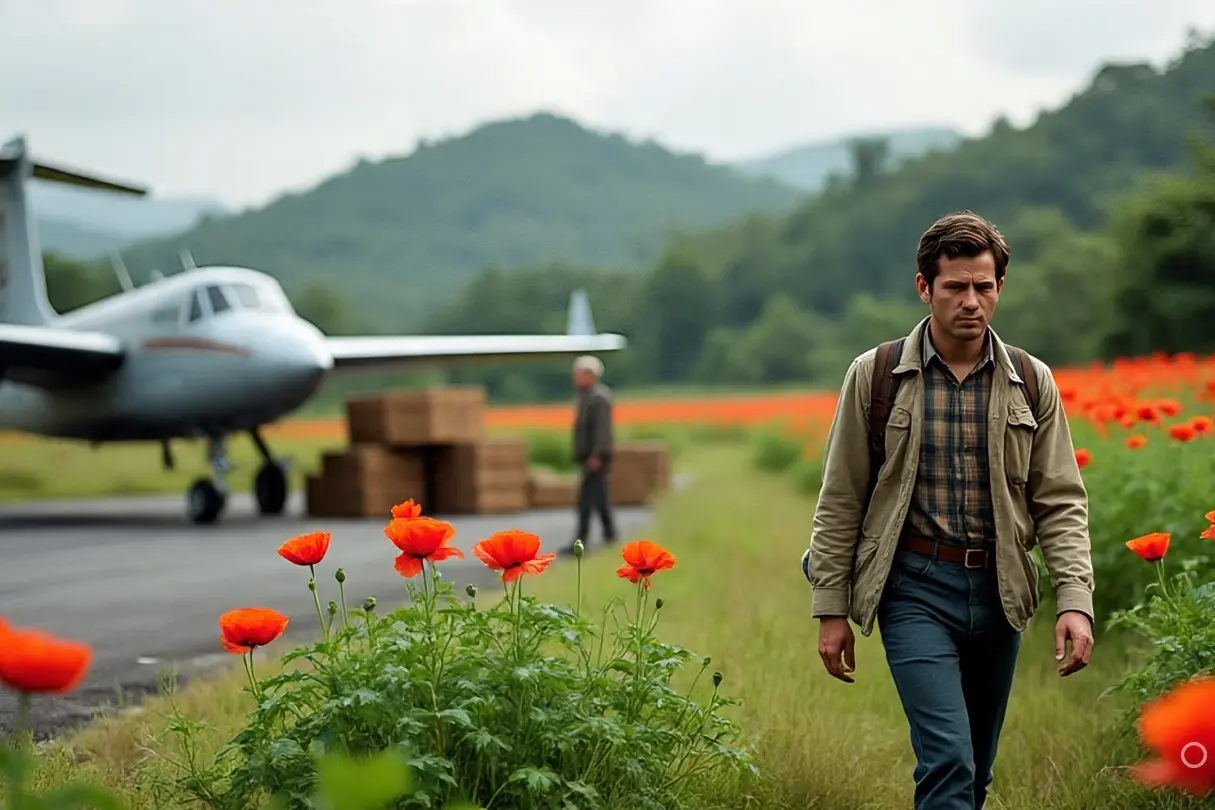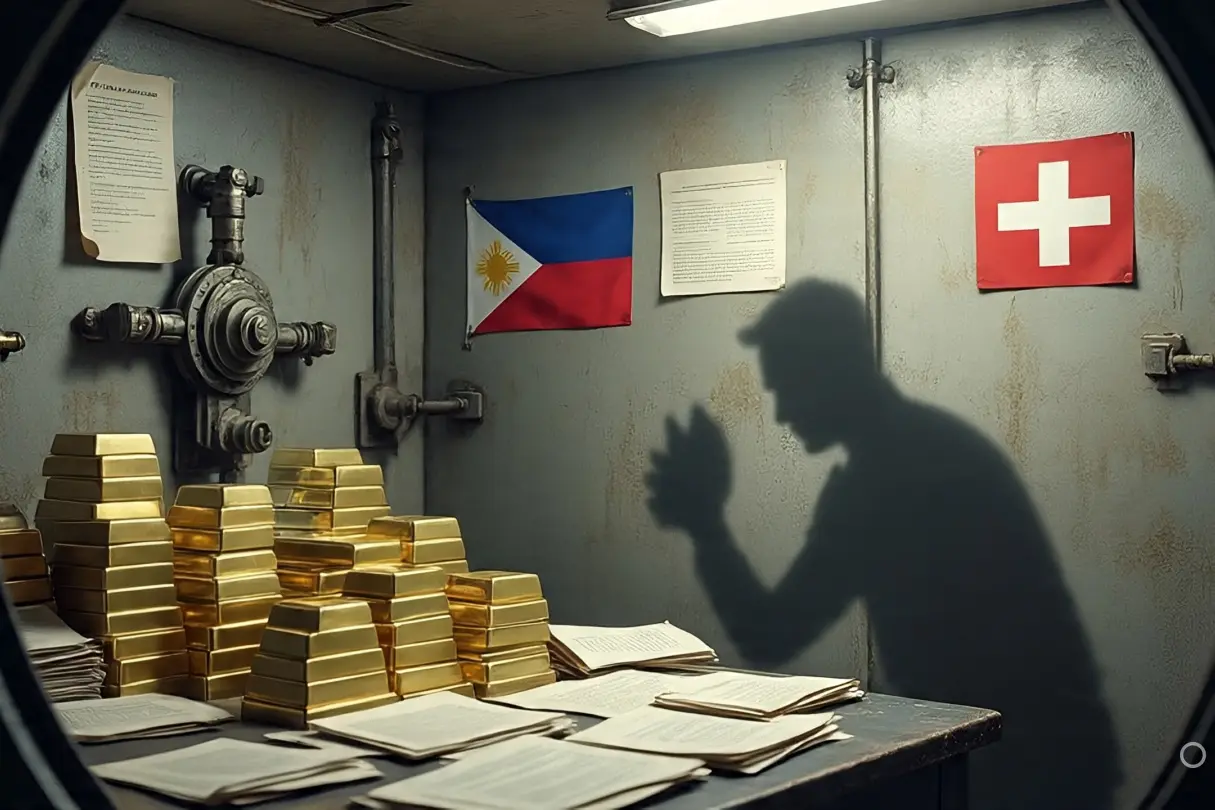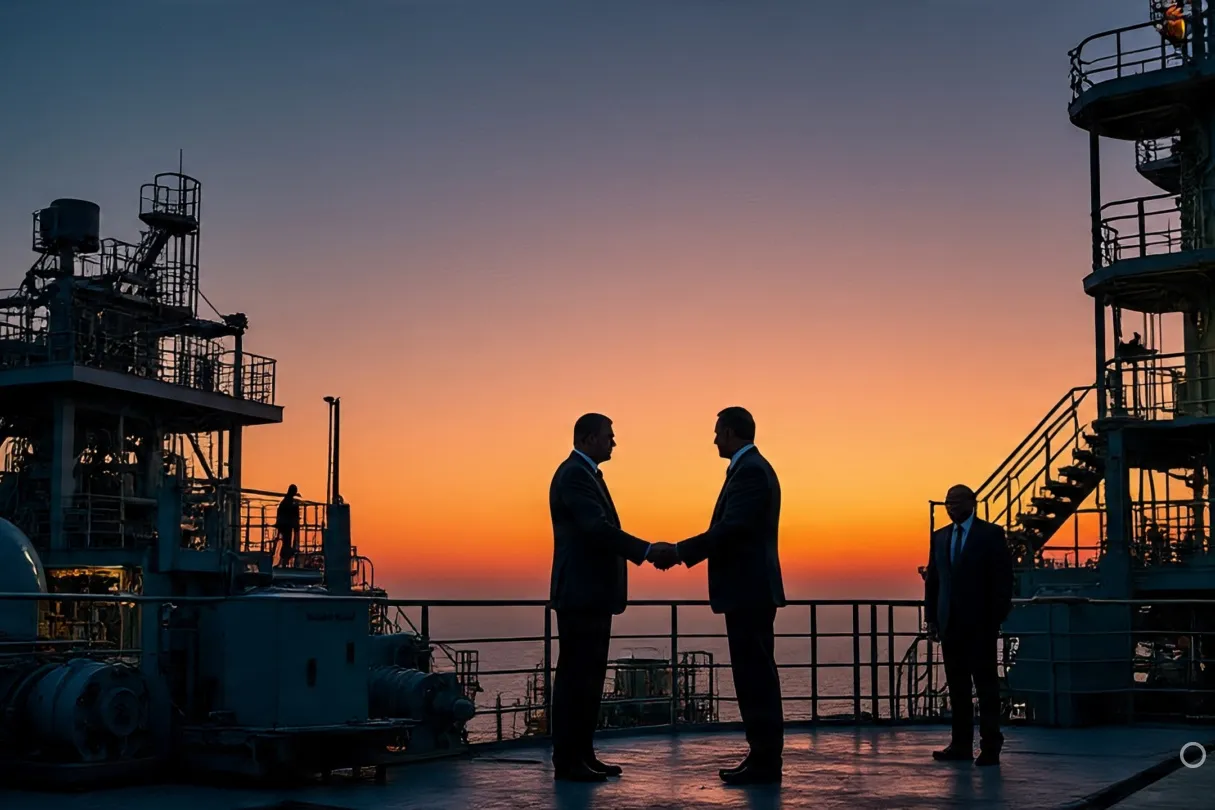🔥 The Cold War, the CIA, and Southeast Asia’s Opium Boom
In the thick of the Cold War, the United States found itself entangled in a brutal and complex conflict in Southeast Asia. As the Vietnam War escalated in the 1960s, so did America’s covert operations in the region, particularly in Laos, Cambodia, and Northern Thailand—regions that collectively formed part of what would later be called the Golden Triangle, one of the world’s largest sources of heroin.
- 🔥 The Cold War, the CIA, and Southeast Asia’s Opium Boom
- 💊 The Theory: An Agency Complicit in the Heroin Pipeline
- 📁 What Declassified Documents and Investigations Reveal
- 🛡️ The Thai Government’s Role and Response
- 🧪 Heroin and the U.S. Military: Coincidence or Cover-up?
- 🔍 What’s Still Unproven (and Likely Fictional)
- 🧠 Why This Theory Endures
- 🚓 The Current Drug War in Thailand
- 🧭 Final Word: Moral Fog, Not Master Plan
The U.S. Central Intelligence Agency (CIA), tasked with containing the spread of communism, established deep alliances with local militias, tribal warlords, and anti-communist forces—many of whom funded their operations through opium cultivation and heroin trafficking.
This intersection of geopolitics, secrecy, and narcotics is at the core of the long-standing conspiracy theory: that the CIA knowingly supported or facilitated the drug trade in the Golden Triangle as part of its Cold War strategy.
💊 The Theory: An Agency Complicit in the Heroin Pipeline
The theory isn’t new. It’s been around for decades and picked up steam through books, documentaries, and investigative journalism. At its core, it accuses the CIA of:
-
Turning a blind eye to heroin trafficking by its anti-communist allies
-
Using private air carriers—particularly Air America—to transport narcotics under the guise of supplying remote outposts
-
Protecting major warlords and militia leaders involved in the drug trade in exchange for political cooperation
-
Contributing to the rise of heroin addiction among U.S. troops in Vietnam by allowing drug pipelines to flourish
🎥 Films like Air America (1990) popularized the idea, blending real historical elements with fictional storytelling. But how much of it holds up?
📁 What Declassified Documents and Investigations Reveal
Over the years, declassified U.S. government records and independent investigations have revealed a more complicated picture—one that includes partial truths, missed oversight, and ethically murky alliances.
📜 Confirmed Realities:
-
The CIA did fund and arm tribal militias in Northern Laos and parts of Thailand, such as the Hmong, to fight communist insurgents.
-
These groups were deeply involved in opium production, which was a primary income source in remote areas.
-
Air America, a CIA-controlled airline, did operate extensively in these regions, ferrying personnel, equipment, and sometimes livestock—but there’s no direct evidence it trafficked drugs under official orders.
-
Several internal memos from the 1970s show that the U.S. government was aware of opium cultivation by its allies, yet chose not to intervene forcefully due to the geopolitical stakes.
🧠 Translation: The CIA may not have run the drug trade—but it tolerated it when it served larger anti-communist objectives.
🛡️ The Thai Government’s Role and Response
Thailand, a strategic U.S. ally during the Cold War, was central to these operations. Northern provinces like Chiang Rai and Chiang Mai were part of the opium supply chain, with local warlords like Khun Sa operating massive networks under limited state control.
The Thai government’s response in the 1970s–80s was complicated:
-
It launched eradication campaigns, often with U.S. aid, but struggled with corruption and uneven enforcement.
-
Military cooperation with U.S. intelligence meant some activities were shielded from public view.
-
Thai police and military were sometimes complicit in trafficking, according to journalists and human rights reports.
Despite the challenges, Thailand began pushing harder in the 1990s and 2000s, with crop substitution programs and aggressive anti-drug campaigns—some controversial for their brutality.
🧪 Heroin and the U.S. Military: Coincidence or Cover-up?
By 1971, an estimated 15% of U.S. soldiers in Vietnam were addicted to heroin—a staggering number. This fueled accusations that the heroin came from the Golden Triangle and that the CIA, by association or negligence, allowed it.
U.S. military logistics and medical corps eventually introduced drug testing and rehab programs, but the damage was done.
While there’s no hard proof that the CIA smuggled heroin directly to troops, its failure to address drug trafficking within its operational zones raises uncomfortable questions about what it was willing to ignore.
🔍 What’s Still Unproven (and Likely Fictional)
It’s important to separate facts from theories stretched too far.
🚫 No evidence has ever confirmed:
-
That the CIA ordered or directly profited from drug shipments
-
That Air America was used to knowingly ferry heroin
-
That the U.S. orchestrated a deliberate heroin epidemic among its own troops
These claims often rely on anonymous sources, circumstantial timelines, or speculative logic. The real story is murkier but less cinematic: a government that made moral compromises for strategic goals and didn’t always clean up the consequences.
🧠 Why This Theory Endures
Conspiracy theories tend to thrive in high-stakes, low-transparency environments—and Cold War Southeast Asia was exactly that. The CIA’s notorious secrecy, combined with widespread corruption and real human suffering, made the perfect breeding ground.
💡 Key reasons the theory persists:
-
A deep mistrust of U.S. foreign policy in former colonies and conflict zones
-
Lack of accountability for Cold War-era covert operations
-
The emotional impact of drug addiction and war trauma
-
A growing awareness of how often intelligence agencies operate in legal gray zones
Even today, documents remain redacted, and officials from that era offer carefully worded denials, which fuels public suspicion.
🚓 The Current Drug War in Thailand
Fast forward to today, and the Golden Triangle is no longer the world’s top heroin hub—but it remains a key player in the synthetic drug trade, especially methamphetamine.
Thailand now focuses on:
-
Border security with Laos and Myanmar
-
Regional intelligence sharing through ASEAN
-
Eradication and substitution programs for vulnerable farmers
-
Crackdowns on production labs and trafficking routes, with mixed success
Interestingly, today’s drug war is less about the CIA and more about powerful non-state actors and international syndicates. Still, the legacy of Cold War tolerance lingers in how locals perceive enforcement and fairness.
🧭 Final Word: Moral Fog, Not Master Plan
The theory that the CIA ran drugs in the Golden Triangle may never be fully proven or disproven—but the historical record leans toward a more sobering truth:
The agency likely tolerated or ignored drug trafficking by its allies in the name of anti-communism. It failed to act when narcotics fueled its own soldiers’ addictions. And it left behind scars in the region that persist to this day.
Sometimes, history isn’t a grand conspiracy. It’s a series of ethical shortcuts taken during a time when winning the Cold War was worth almost any price.




